Is Turin only FIAT and Lancia? Now perhaps the Savoyard city is remembered for having given birth “only” to these two car manufacturers, but in the Piedmontese capital the car is at home. In fact, it was born here in 1946 an eclectic and crazy house, similar to its legendary founder, who in less than 20 years has been able to create cars and projects that are still incredible and unthinkable today. That House is there Cisitalia, and today here at Auto for Dummies we will discover its history. Ready to jump from New York’s MoMA to Porsche? Seriously, we’re going to talk about all of these things today.
The birth of the Compagnia Industriale Sportiva Italia, Cisitalia: Piero Dusio founded it in Turin in 1946
To know the history of Cisitalia we have to go back to 1899, where in the small town of Scurzolengo, in the Province of Asti in Monferrato. Here was born the founder of Cisitalia, Piero Dusio. Dusio, although born in the small Piedmontese village, moved very young to Torino, city to which he linked his life. Arrived in the capital to try his career from football player, Dusio plays three games in the Juventus between 1919 and 1922, but in these few appearances he does not convince the team of his talent.
Hanging up his boots, Dusio throws himself headlong into entrepreneurship, becoming a textile representative. After a few years of satisfaction, Dusio takes the plunge: as an employee, he founds his own textile company. From there, the young Piero arrived from the province becomes one of the richest men in Turin. At the time it was said that if half of the city was in the hands of the Agnelli, the other half was in the hands of Dusio. The Asti entrepreneur also launched into a career from pilot, obtaining his only victory in the Corsa dello Stelvio in 1938 at the wheel of an Alfa Romeo 2900 Botticella. At the same time, however, Dusio founded the Manifatture Bosco-Compagnia Industriale Sportiva Italia Cisitalia joint stock company in Cisitalia joint stock company, known as Cisitalia.
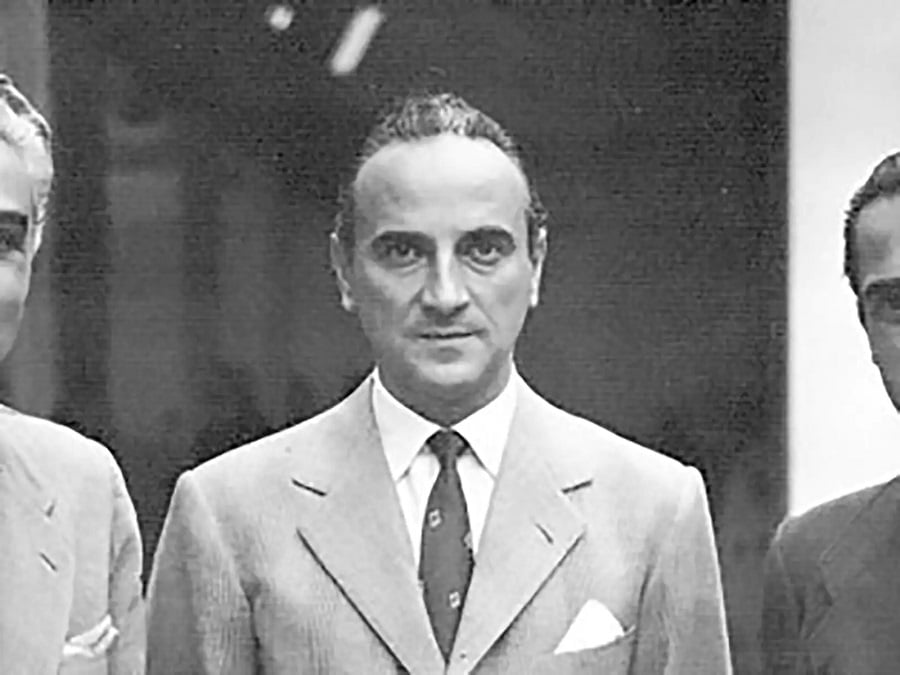
Born in the late 1930s as a company for the construction of sports facilities, it was immediately clear to everyone the Dusio’s real intention: the car and racing. In the early 1940s a small “Cisitalia” mechanical workshop was born in Corso Peschiera, Turin, where a trusted man of Piero Dusio, Mr. Casalis, was in charge of making custom-made frames for wealthy customers and bicycles. The ultimate goal was that of the car, but between Dusio’s dream and its realization, however, it got in the way Second World War.
The experience as Juventus president
At this juncture, Dusio’s Cisitalia converted to war production, and more: the Piedmontese entrepreneur took over the presidency of Juventus, the team he played for, in 1941. Dusio found himself the president of Juve at a critical moment for the Juventus team. The main rival was in fact the Great Turin, that Grande Torino that from 1944 to 1949 won 5 consecutive Scudetti, still remembered today as one of the strongest teams in the history of football. At Juve, on the other hand, Juve was left with only one Coppa Italia in 1942.
But why do we mention football? Because Cisitalia joined Juventus in 1943 for a very simple reason: the life of their players. Although the world conflict had not stopped, football restarted after a couple of years of hiatus, both to cheer up the families torn apart by the war, and to preserve the lives of the players themselves. These indeed were young, strong and well trained: without an excuse to stay they would not have escaped enlistment in the Italian troops. So several Italian football clubs do tied to a large company. The reason? Membership of the players as workers of an indispensable company for national production, in order to avoid him going to the front.
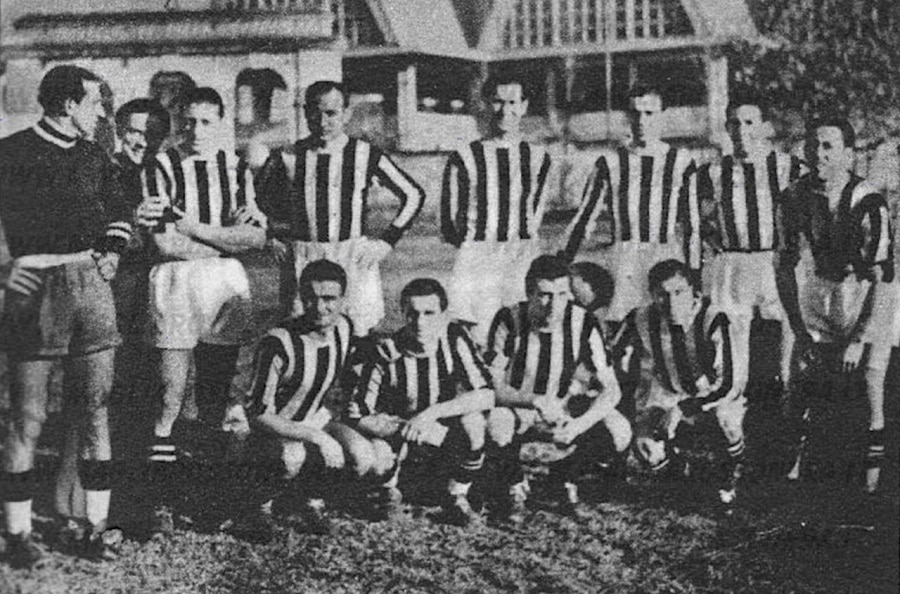
Thus, while Torino became the FIAT Turin, transgressing the forty-year bond between the Agnellis, Juventus and FIAT, in 1942 Juventus also changed its name to Juventus Cisitalia. With these names the two Turin teams participated in the first (and only) Upper Italy Championship organized by the Italian Social Republic, the puppet state of Nazi Germany born after 8 September 1943. Juventus Cisitalia did not have much luck, defeated with a round 5-0 from FIAT Torino, returning to the classic denomination as early as 1945. Despite this particular history, after the war Dusio sold Juventus again to the lawyer Gianni Agnelli in 1947, not before buying a young footballer in 1946 who would later prove to be a Juventus flag, Giampiero Boniperti. Also in 1946, the Compagnia Industriale Sportiva Italia, our true Cisitalia.
The first Cisitalia, the D46, which with Dusio and Nuvolari becomes a legend in the Turin Grand Prix
From foundation to real transformation of Cisitalia from a multifaceted company a Car manufacturer we had to wait a long time, but at the end of the war, with a republican Italy ready to start again, the small Cisitalia aimed high. Already from the first steps of Cisitalia, Dusio could count on one of the greatest Italian designers ever existed, Dante Giacosa. Known through Mr. Casalis in 1944, Giacosa is the man behind FIAT’s biggest projects between the 1930s and 1970s. Dad of legendary cars such as FIAT 500, 600, 124, 128, Autobianchi A112 and the sporty FIAT 2300, Dino and 8V, Giacosa accepted Dusio’s challenge to design alight racing car, easy to drive and relatively inexpensive.
While continuing to work for FIAT, Giacosa worked on the Cisitalia project in free time. To convince him, Dusio offered the designer the opportunity to stay for free in his villa in Corso Galileo Ferraris, bombed during the war but perfectly habitable. In just 8 months, Giacosa created a car as simple as it was revolutionary: the Cisitalia D46. If all the cars of the early 1940s were substantially upgraded and modified pre-war cars, Giacosa kept only the mechanics of the FIAT 500 Topolino and 508B / 1100 Balilla, the two most popular cars of the time in Italy and designed by Giacosa himself. The brakes and engine block were from Balilla, while the front suspension from Topolino. The motor, a four-cylinder with overhead valves of 1,100 cm3, it was heavily processed, going from 32 CV to ben 62 hp at 5,500 rpm, but the chassis was the real novelty.
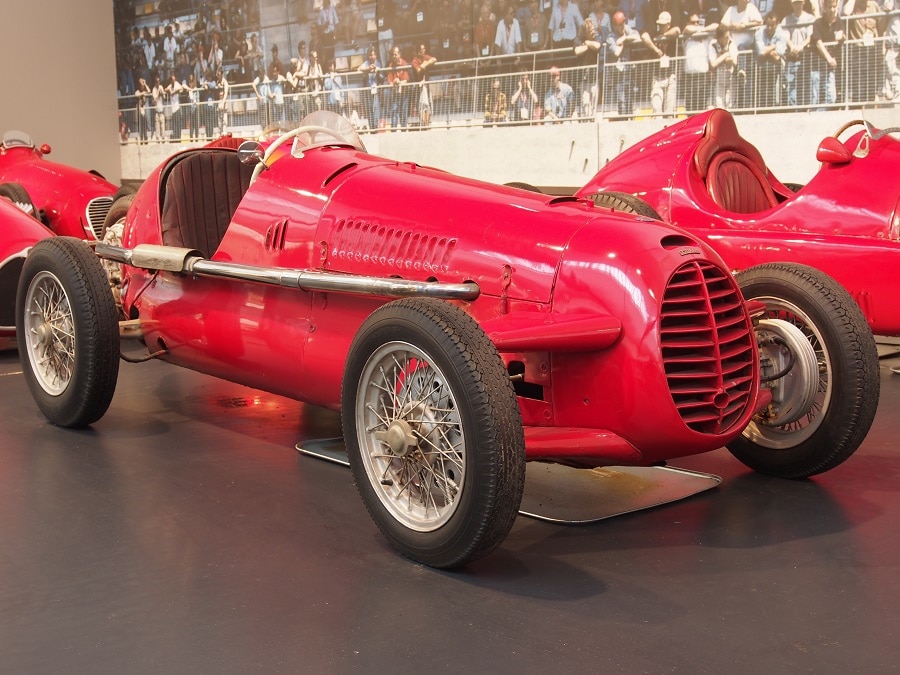
Giacosa used an innovative one tubular trellis frame, taking advantage of his experience as a welder of bicycle frames. This light and compact frame made the Cisitalia D46 small, very light and very agile: perfect for fighting heavy pre-war cars. And in fact, the debut did not take long. In 1946, the Cisitalia D46 is ready to take part in its first race. And what better place for the debut than the Valentino circuit, located in the park of the same name in the center of Turin? At the end of August 1946 the Brezzi Cup, and Cisitalia brought well 7 cars.
The debut at the Parco del Valentino: a triumph
At the wheel of the small D46s they were there the best drivers of the time: the Monegasque Louis Chiron, the only rider of the Principality to go to the podium in Formula 1 besides Charles Leclerc; Franco Cortese, first driver in the history of Scuderia Ferrari and 14 times participant in the 1000 Miglia; Piero Dusio, the founder of Cisitalia; and finally, the very great Tazio Nuvolari. Nivola, already 54 at the time, was one of the most famous and beloved pilots in the world, and chose the newborn Cisitalia intrigued by the novelty of the frame and the small size. In a few laps, the Cisitalia almost proved themselves unbeatable. Light, agile and snappy, despite the small 1,100 conquered the head of the race. With a few laps to go, Nuvolari seemed destined for victory. Due to his aggressive and violent driving style and the foldable steering wheel of his Cisitalia not mounted correctly, however, covered over two laps with the steering wheel … in hand!
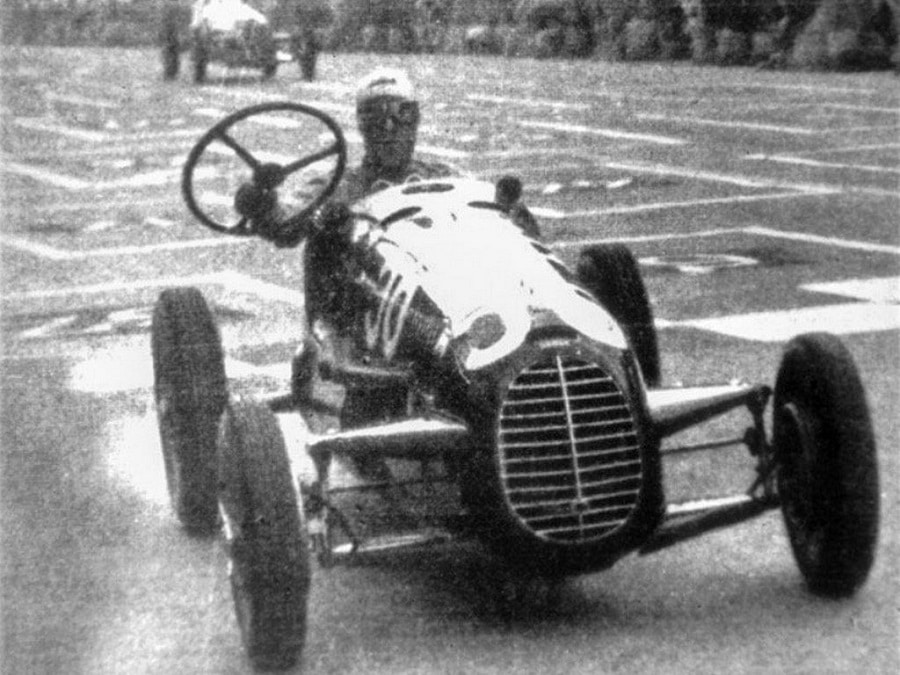
Acting directly on the column e waving the steering wheel in the air on the straights to stir up the public, Nuvolari gave that day one of the most famous images in the world of motoring, but he had to retire shortly after. In his place, however, Dusio triumphed, followed by his teammates Cortese and Chiron. It was a debut with a bang for the small Cisitalia, which in a few days of life immediately got noticed by the racing world.
The Cisitalia 202, the car that made it a legend
Dusio, after his first-person victory at Valentino, he was sure: now a true rival of Lancia could be born. However, Giacosa was not convinced: his link with FIAT did not allow him to commit himself to the Cisitalia project, and for the Piedmontese designer the historical moment did not seem propitious. However, Giacosa did not definitively turn his back on his friend Dusio, on the contrary: the designer decided to participate in the development of the new Cisitalia car, a closed sports car to be built in both road and racing versions.
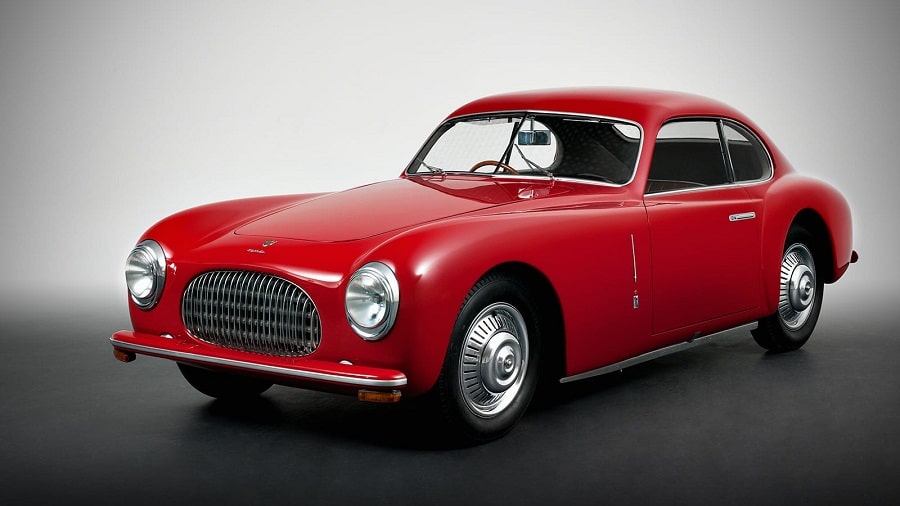
Designed by the engineer Giovanni Savonuzzi, flanked by Dante Giacosa, Thus was born in 1947 the Cisitalia 202, the only road car ever built by Cisitalia, but also one of the most memorable Italian sports cars ever created. Dusio decided in fact to create two distinct cars derived from the successful D46: a racing sport, both berlinetta and barchetta, for endurance races such as the Mille Miglia, and one sporty road, refined and refined. The recipe remained almost the same: engine and brakes, rear rigid axle and gearbox derived from the FIAT 1100, front suspension and steering of the FIAT 500 Topolino.

As with the D46, however, the real value of the car was the trellis frame, made with aeronautical chromium-molybdenum tubes, shared by both the race and road 202. Because of this, the Cisitala 202 has the record for the first production car equipped with a trellis frame. This solution made the car extremely light, for a weight of approx 780 kg. Presented at the Turin Motor Show, the Cisitalia 202 impressed everyone for its performance (with only 55 HP it exceeded 175 km / h), but above all for its totally revolutionary line.
Between the racing fields and aesthetics, now Cisitalia 202 is the only car on display at the MOMA in New York
In fact, Cisitalia 202 is simply of a shocking beauty. Elegant, simple but revolutionary in lines, And the first car designed with modern criteria. With the 202 the automotive world said goodbye to the huge, tall and heavy …






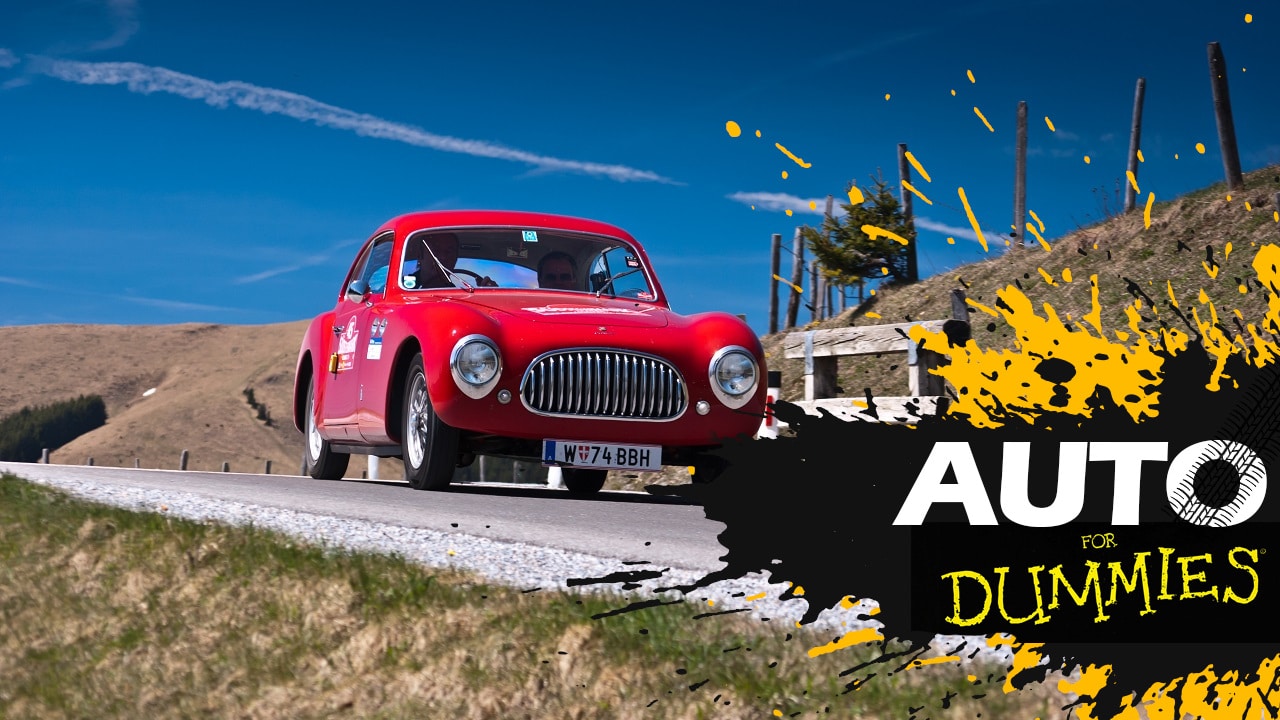





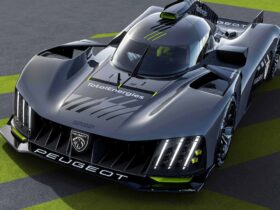
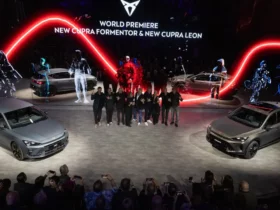


Leave a Reply
View Comments